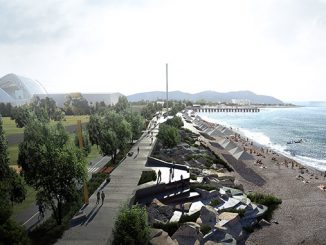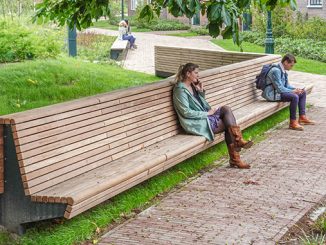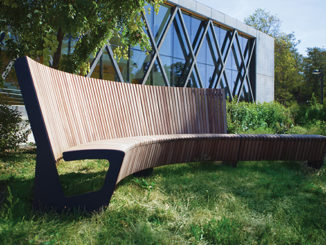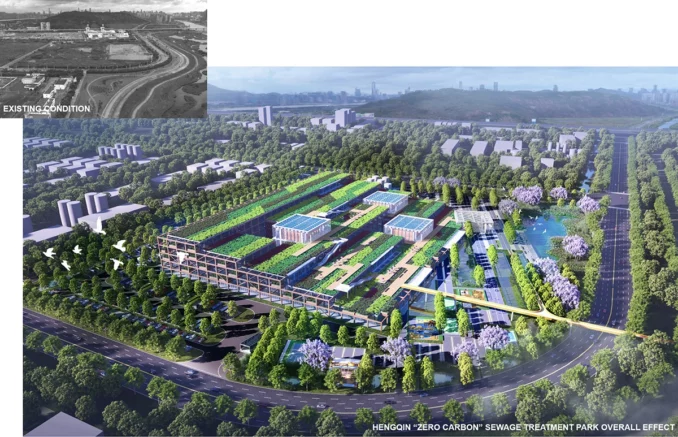
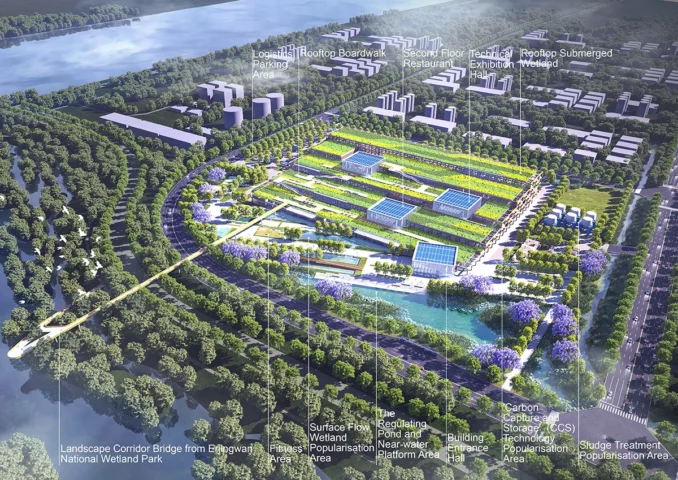
The Hengqin Sewage Treatment Park aims to establish a “Zero Carbon Park” by 2060, integrating energy-saving measures, emission reduction strategies, ecological restoration, climate adaptation, and local culture. Collaborating with multidisciplinary experts, the project prioritizes energy efficiency, ecological protection, and cost-effectiveness, addressing the global carbon neutrality goals.
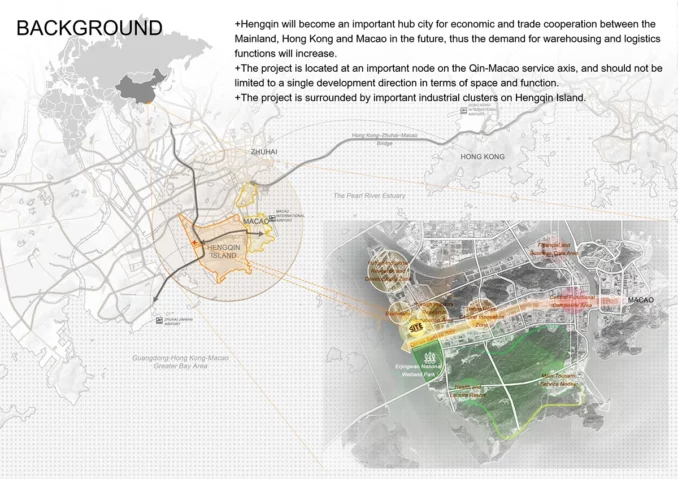
Located in Hengqin, Zhuhai City, near Macao, the 162,400 square meter site is part of the Guangdong-Macao In-Depth Cooperation Zone. Rapid development since 2009 has transformed the area into an economic center. Currently, Hengqin’s sewage is processed by a southern district plant, handling 40,000 cubic meters daily. Increased sewage production has strained this capacity, highlighting the need for a new facility to support future growth and improve water quality.
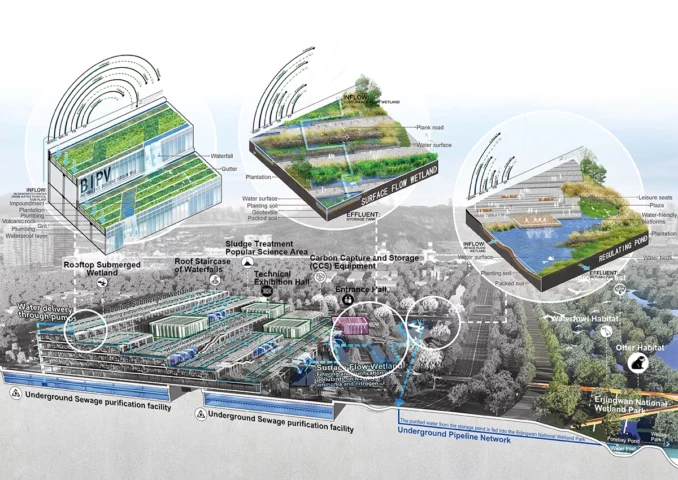
Key Design Goals and Strategies:
- Water Purification:
The project utilizes an artificial wetland system to address freshwater scarcity, processing 7,500 cubic meters daily and supporting a complete water cycle. Purified water replenishes the Erjingwan National Wetland Park and is used for landscaping and industrial purposes, reducing pollutants significantly. The system meets international water standards and efficiently recycles water for environmental and urban needs. - Emission Reduction & Carbon Sequestration:
Emphasizing carbon neutrality, the design integrates emission reduction and carbon sequestration strategies. Key features include advanced sewage treatment technology, photovoltaic (PV) panels generating 2.4 million kWh annually, and biogas power for the sludge sector, which collectively offset 2,400 tons of CO₂. Carbon sequestration is achieved through rooftop and wetland plants. Captured CO₂ can be repurposed for methanol synthesis, replacing petroleum-based chemicals. - Compound Land Use:
The project promotes mixed land use, combining sewage treatment with an accessible, community-focused space. Above-ground, the 70,000 square meter industrial park offers public amenities, retail spaces, and recreational areas. A 25,000 square meter open area and 160 parking spaces foster community engagement, reducing the “not in my backyard” (NIMBY) effect and supporting diverse visitor activities.
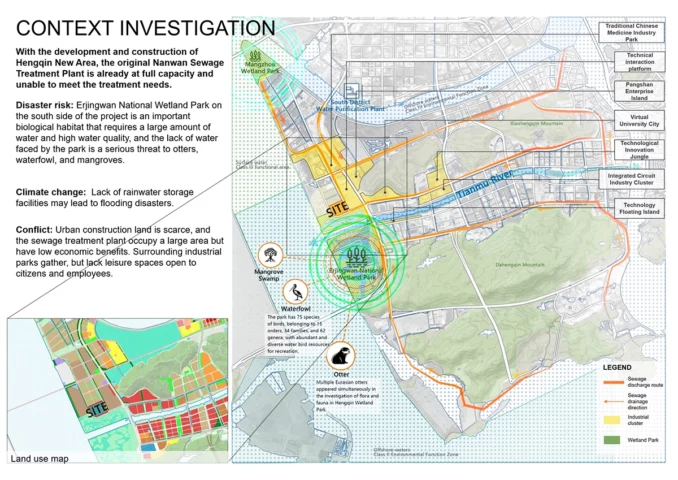
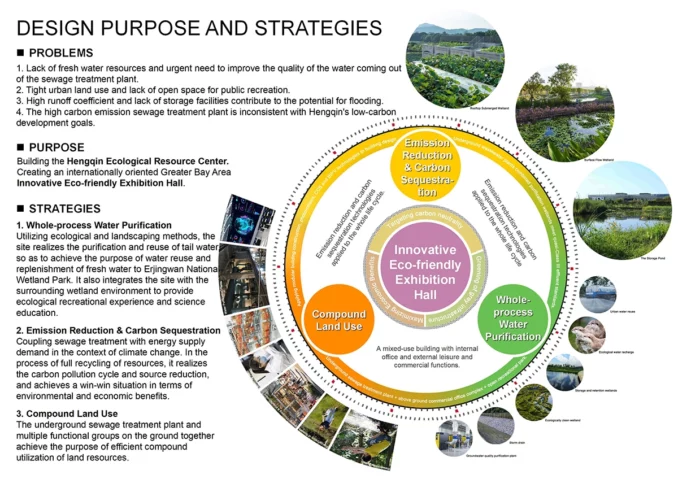
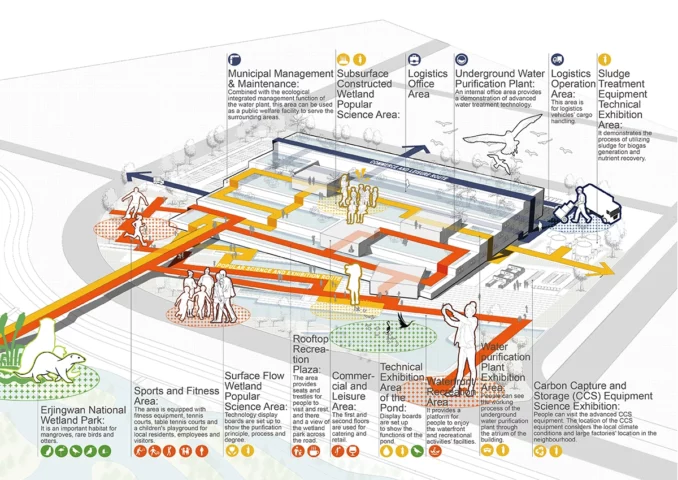
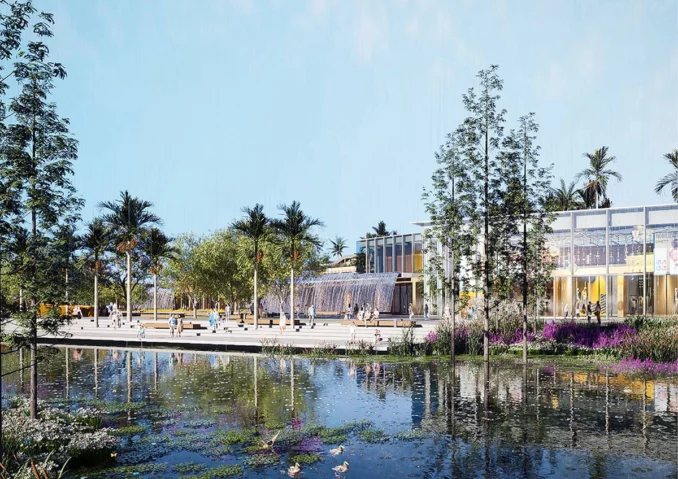
Environmental and Social Benefits:
- Environmental: Advanced purification and green infrastructure reduce pollution, conserve resources, and bolster biodiversity. Native plants and water purification technologies ensure high-quality effluent, benefiting the ecosystem and supporting urban sustainability.
- Social: The park offers open spaces for recreation, fitness, and education, enhancing public health, well-being, and social equity. Educational programs and a zero-carbon exhibition hall promote awareness of sustainable practices, fostering a community culture of environmental stewardship.
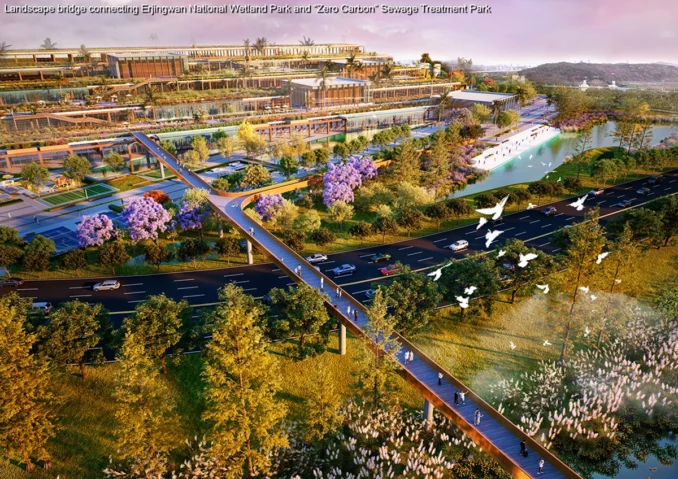
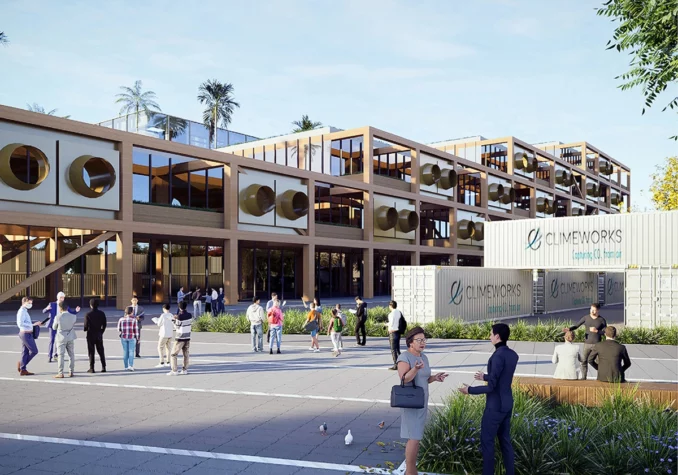
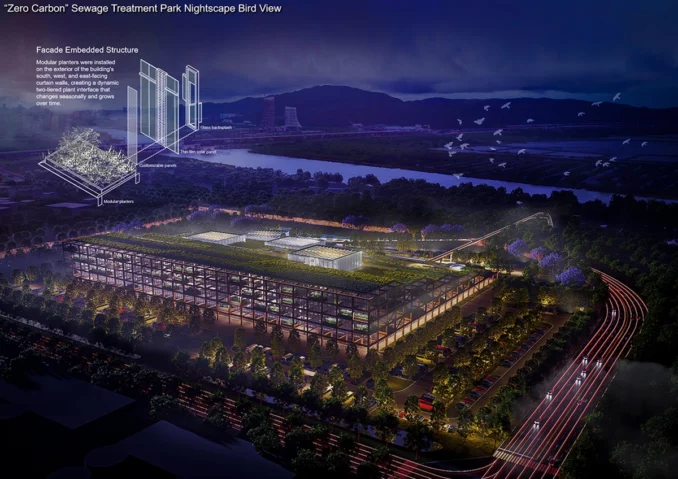
Carbon Emission Reduction and Technological Showcase:
The park significantly lowers carbon emissions by utilizing PV panels, biogas power, and carbon capture. The zero-carbon exhibition hall demonstrates carbon-neutral technologies, educating stakeholders on their effectiveness and feasibility in reducing urban carbon footprints.
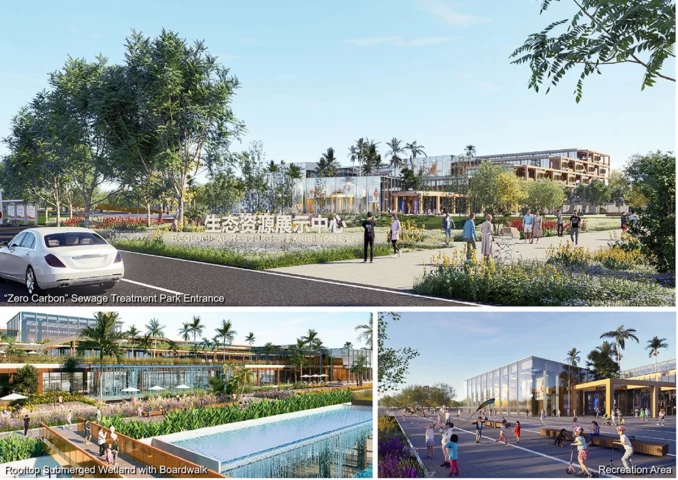
Conclusion:
This project exemplifies sustainable development by integrating environmental, social, and technological considerations. It enhances sewage treatment, resource efficiency, and community interaction while protecting the local ecosystem. Through collaboration and innovation, the park creates a resilient, sustainable landmark for Hengqin, setting a model for ecological restoration and climate adaptation.
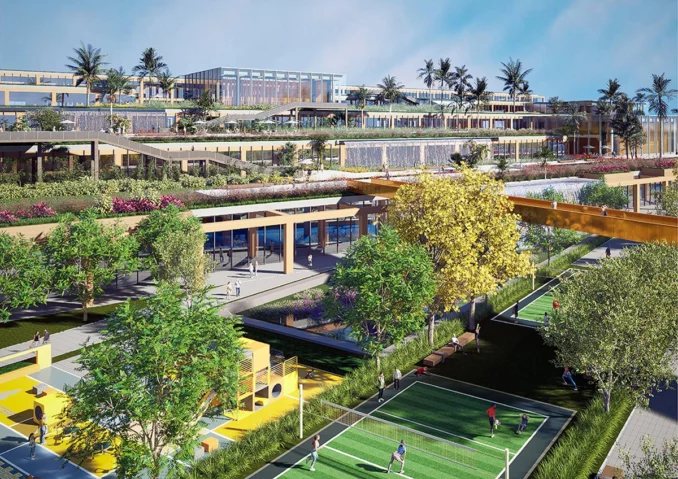
Hengqin “Zero Carbon” Sewage Treatment Park
Location: Hengqin Town, Xiangzhou District, Zhuhai City, Guangdong Province, China
Landscape Architect: North China Municipal Engineering Design & Research Institute Co.,Ltd.
Lead Designers: Wang Xin, Fang Yuan
Planners: Liu Xiaoyu, Fan Wenhe, Ming Hui
Landscape architects: Zhang Jianqiao, Zhang Jie, Xu Jia, Li Huijun
Architects: Jin Lei, Zhuqing
ESG Consultant: Zhu Feng

